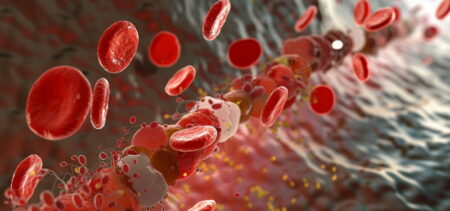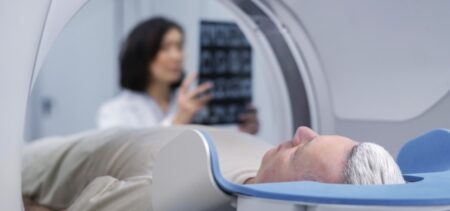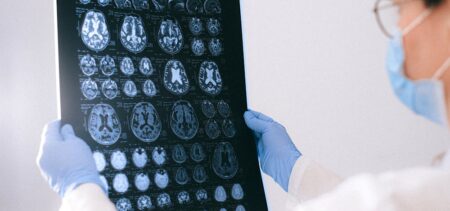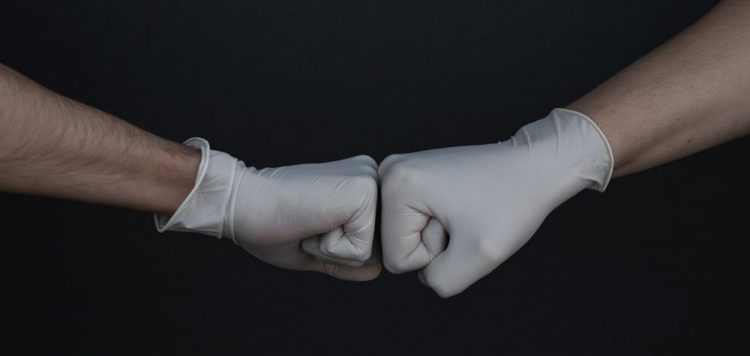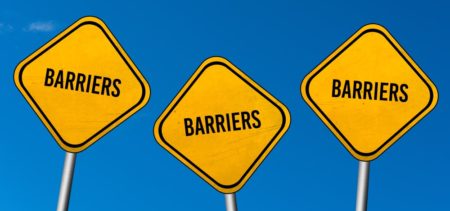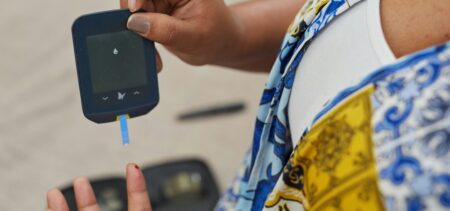All medical professionals will experience, at various points in their careers, situations that are shocking or traumatic, and a certain degree of emotional detachment gets triggered in these contexts to help them cope. When this happens, it’s as if a switch is thrown, prompting a disconnect between clinical skills and emotional intelligence.
In his book, The Inner Physician, Roger Neighbour calls this phenomenon the “Crichton’s switch” and describes it as a toggle switch, controlled by the professional skill and alternating between engaging or disengaging empathy, depending on which is appropriate given the circumstances.
However, in Increasing emotional support for healthcare workers can rebalance clinical detachment and empathy, an article published in the British Journal of General Practice, Luke Austen argues that:
“Although true empathy and clinical detachment must be mutually exclusive in their purest forms, the choice between them is a false dichotomy. For the majority of clinicians, their response to emotional trauma will lie somewhere between the two, held in an uncomfortable equilibrium governed by cultural or institutional belief systems and competing doctor and patient agendas. At their extremes, true empathy and clinical detachment hold potential for unintended progression to emotional exhaustion or a generalized emotional detachment, respectively, both viewed as components of burnout, a problem affecting as many as 58% of medical residents (junior doctors).
Therefore, the ideal response to emotional trauma might be an exact balance between true empathy and clinical detachment, minimizing the risks associated with either extreme, while retaining some of the benefits of each approach.”
Empathy has many definitions. To make matters more easily understandable, in the article Empathy, sympathy and compassion in healthcare: Is there a problem? Is there a difference? Does it matter?, published in the Journal of the Royal Society of Medicine, David Jeffrey makes the distinction between four dimensions of empathy: affective, cognitive, behavioral, and moral.
Affective (Emotional) Empathy
It is defined as the ability to experience another person’s state or feelings that might lead to empathic distress which precedes and contributes to helping behavior. In this case, the doctor is experiencing the same type of emotions as the patient.
Cognitive Empathy
It is the ability to identify and understand another person’s feelings and perspective from an objective point of view. Cognitive empathy is also known as ‘detached concern’ or the ability to understand the experiences of another individual without evoking a personal emotional response.
Behavioral Empathy
It can be understood by the following:
“Irving’s three-dimensional model of empathy proposes that the doctor has to understand the patient’s world (cognitive), feel with the patient (affective), and communicate this understanding with the patient (behavioral). Derksen et al. conceptualize the three-dimensional model of empathy as comprising attitude (affective), competency (cognitive), and skill (behavior). Coplan defines empathy as: ‘Empathy is a complex imaginative process in which an observer simulates another person’s situated psychological state (both cognitive and affective) while maintaining a clear self-other differentiation’. For Coplan, empathy involves the following steps: affective matching, other-orientated rather than self-orientated perspective-taking, and self-other differentiation. Decety extends the definition of empathy to include helping the patient. Mercer’s definition also includes action; empathy in a clinical situation includes an ability to: (a) understand the patient’s situation, perspective, and feelings (and their attached meanings); (b) to communicate that understanding and check its accuracy; and (c) to act on that understanding with the patient in a helpful (therapeutic) way. Halpern also claims that empathy needs action, ‘empathy without action is not empathy’. Bondi emphasizes the maintenance of the self-other boundary: Empathy is a process in which one person imaginatively enters the experiential world of another without losing an awareness of its difference from one’s own.”
Moral Empathy
As identified by Morse, it is the fourth dimension of empathy; “an internal motivation of concern for the other and a desire to act to relieve their suffering by caring and driving acts of altruism. There is evidence to support the claim that empathy increases motivation to perform pro-social and altruistic acts, overlapping with notions of compassion.”
On the other hand, author Paul Bloom in his book Against Empathy: The Case for Rational Compassion argues for dismissing empathy in favor of a more rational approach because, in his opinion, among other downsides, empathy can inhibit us from making fair decisions given the fact that empathizing with everyone simply isn’t possible.
As you have seen, the subject of empathy and detachment is a complex one. However, it can be agreed upon that it is of utmost importance to both provide the best service and to avoid unnecessary personal stress. The question of how to achieve that might be best left to each individual to decide, based on the context.


